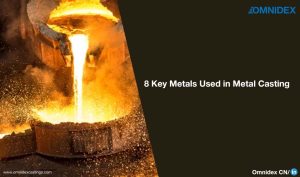
We are always ready to help with your latest project.
Contact our Customer Service and let us know how we can help to catapult your next project to success.
Die Casting Porosity defects
Die casting is an excellent method to fabricate high volumes of aluminium, zinc, or magnesium parts. Compared with other production methods, die-cast parts have excellent surface finishes; maintain consistent characteristics and tolerances, and waste little raw material.
A variety of industrial and commercial products are made using pressure die casting, including engine blocks and motor housings, heat sinks, fittings, brackets, and a host of other components.
When specifying die casting for a product the issue of porosity must be addressed. Despite the porosity defects being unavoidable, they can nevertheless be controlled. The purpose of this article is to explain what causes porosity and how to manage it using best design practices for superior results.
Porosity refers to the presence of small holes, voids or pockets of air in metals. Porosity is usually caused by air trapped between the die and metal, often leaving gaps at the top of the piece. It can also be caused by filling the mold too leading to premature solidification. Additionally, porosity may occur when air injected to force the molten metal into the mold isn't forced out or is unable to escape through vents.
A common method for checking for porosity is to take an X-ray of the material, use computerised tomography, or cut and polish a sample workpiece section for analysis under a microscope.
Different kinds of porous materials have different degrees of severity. In some cases, it is acceptable, but it’s best practice to minimise the occurrence. In order to control porosity, work with all of your partners to devise a process for die-casting that’s both efficient and high-quality. It is important to monitor the casting process to ensure the casting has a uniform pressure throughout.
In order to prevent gas porosity, often referred to as bubbles, forming inside of castings as they cool, the material can be melted in a vacuum or in low-solubility gas atmospheres. Gasses such as argon are frequently employed. Due to the natural capacity of liquids to hold dissolved gases, these liquids are naturally porous. The melt can sometimes be removed by exposing it to another gas, which reacts and pulls the excess out of the liquid.
Degassing materials after melting and filtering them before using the metal for casting can deliver benefits if oxide formation is the cause of the porosity.
Metallurgical defects such as hot tears and hot spots occur as a result of problems with cooling. To avoid this, the local area of the casting must be properly cooled. In cases of persistent hot spots, cooling practices will need to be adjusted. Either more die spray or more localized cooling channels will be needed.
Hole, voids, and porosity are terms used to describe holes and voids which occur in casting, though the specific terms will depend on their nature, frequency, shape, and location. There may or may not be an impact on your product’s overall efficacy from the defects and causes (listed above).
Nonetheless, the goal is to reduce or eliminate porosity defects whenever possible. Defects must be analysed for their various causes. The die casting process, the design, or the material used can result in porosity – sometimes all three.
We have extensive experience in die casting, which gives us a greater understanding of materials, designs, and parts as well as factors in the casting process that lead to different types of defects. By doing so, we can prevent defects from occurring in every project. Additionally, we are able to help redesign elements to address areas prone to porosity and reposition them in a way that will not affect structural integrity.
Die casting service providers and quality manufacturers will usually spot defects in their design review process, though defects may also be discovered during machining. It's crucial to determine the best way to resolve problems based on the type, location, and frequency of defects.
It is important that you work with your partners to determine what porosity is acceptable. Whenever possible, provide your partner with all the information they need and share the casting to assist in defect resolution.
When determining tolerance limits, the American Society for Testing and Materials (ASTM) lists standards for porosity in castings. As well as on the ASTM website, some standards are posted for free on Wikipedia - but please remember that Wikipedia is seldom 100% accurate; it's best to verify these tolerances elsewhere.
In die-cast parts, the skin is the most thermally stable part of the part. With the first .5 mm or so of solidification, there is little or no porosity. During machining processes like tapping and threading holes, pores may be opened in the deep sections of castings. When castings are used for hydraulic cylinders or manifolds, they must be able to handle air or liquid pressures, so pores must be sealed after machining.
Are you interested in discussing a design you’re working on? Contact us for more information. Please contact our team if you require a bracket design not listed in this guide. We can design any custom bracket design that fits within our tooling constraints.
To seal die castings effectively, vacuum impregnation is often applied to the surface. There are generally three steps to this process:
Our company assists our customers in dealing with technical issues, metal casting processes, metallurgy, and supply chain optimization. In many cases, we are entrusted with the responsibility of quality control, budget control, and even stock holding of cast components.
Whether your castings are produced in one of our foundries or in one of our offshore partners, we support your project from the initial design phase through testing and quality assurance at our facilities in China and/or Vietnam.
Omnidex is a World-Class Manufacturing and Engineering company that produces high quality, porosity-free casting products which are trusted by companies across different industries. Throughout the whole process, from product development to delivery, we strive to provide you with unwavering support. Providing you with unmatched diverse capabilities and experience, we help you overcome any obstacle.
metal casting supplies | Metal Casting Services | Industrial Manufacturing Services

Metal casting is a highly versatile method for manufacturing complex geometries and high-performance components. You can determine the quality and durability of your metal cast component by choosing the right metal for your component. Read on to find out which metal is the best for your manufacturing requirements and learn more about the most commonly used metals for metal casting.
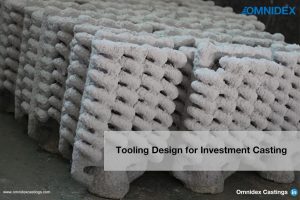
When it comes to metalcasting and CNC machining, tooling refers to reusable items that are utilised for each job. Wax-injection dies are used as tooling to create wax patterns in investment casting. If you know how investment casting works, you already know that the investment casting process relies on these wax patterns. Wax has smooth surfaces, low melting temperatures, and excellent flow properties enabling highly complex investment castings to be made.
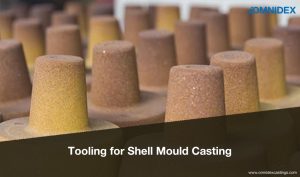
Tooling for metal casting processes varies. From sand castings with individual moulds and cores to shell moulds with a variety of pattern plates, core boxes, cavities, ejection systems, and gates. When all of these components come together, the shell mould casting process allows the foundry to precisely produce the required dimensions, whether it’s doing a run of 100 or 100,000 parts. There are a variety of metal forming techniques that can be used to create the mould tooling for shell mould casting, and the best process is determined by the conditions of the foundry.
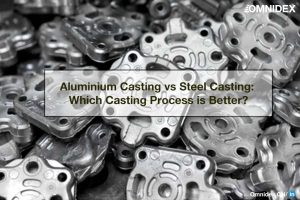
There are a variety of materials that can be used for casting, with steel and aluminium being two of the most popular. Their strength, durability, and aesthetic appeal make them ideal for casting. Manufacturers rely on the properties of these two materials to produce the products they need.They both have advantages and disadvantages. Despite this, manufacturers still prefer them because of their good properties. It is helpful to compare them to find out which is a better alternative…
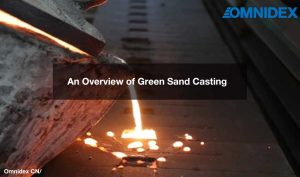
Casting metals in foundries as a mold is done with green sand, a material that is a compound mixture of sand and cement. It is known as ‘green’ not by its colour, but rather because the metal is not ‘set’ when it is poured into it; rather…
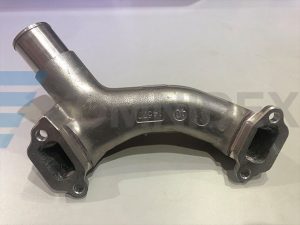
OMNIDEX aluminum manifolds provide a convenient junction point for the distribution of fluids or gases. Visit here to find out more about how OMNIDEX can make high quality and defect free aluminum manifolds using gravity casting. Contact us for custom manifolds.
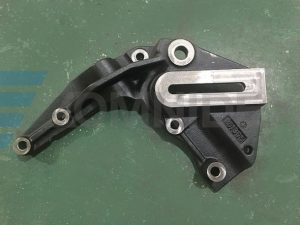
OMNIDEX’s professional manufacturing team carefully controls and produces our custom sand cast brackets during the sand casting process to reduce shrinkage porosity and other issues for our customers, which further ensures the best quality.
Contact our Customer Service and let us know how we can help to catapult your next project to success.
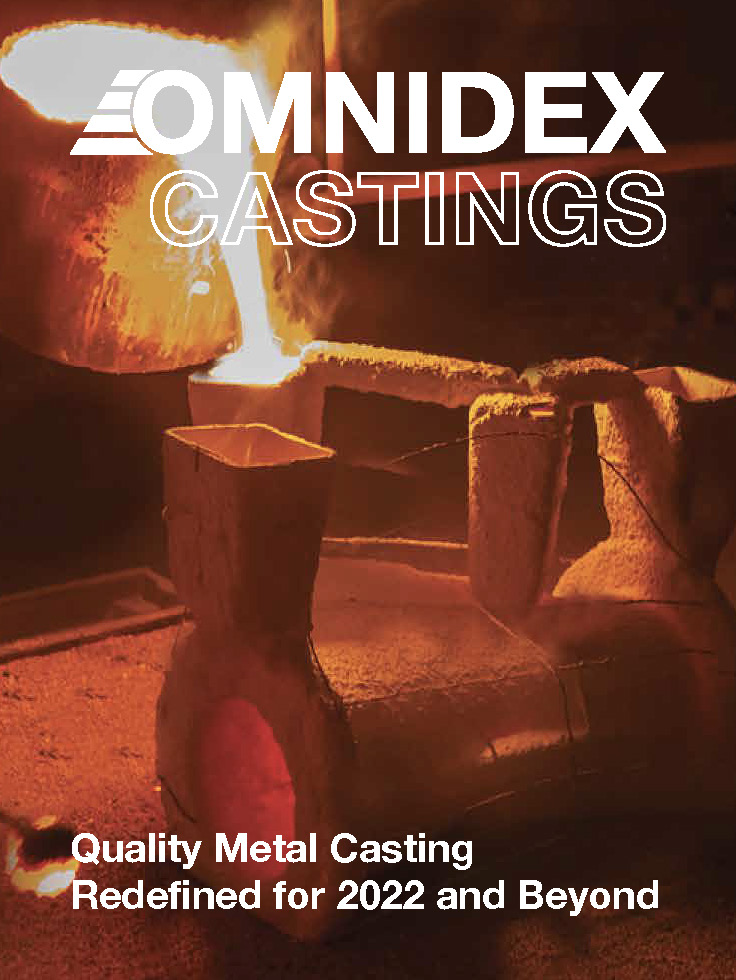
If you are looking for metal casting services, our brochure is a great way to discover what Omnidex has to offer. You can download HERE or EXPLORE HERE to learn more.

Copyright © 2022 Omnidex Group. All rights reserved.
This website uses cookies so that we can provide you with the best user experience possible. Cookie information is stored in your browser and performs functions such as recognising you when you return to our website and helping our team to understand which sections of the website you find most interesting and useful.
Strictly Necessary Cookie should be enabled at all times so that we can save your preferences for cookie settings.
If you disable this cookie, we will not be able to save your preferences. This means that every time you visit this website you will need to enable or disable cookies again.